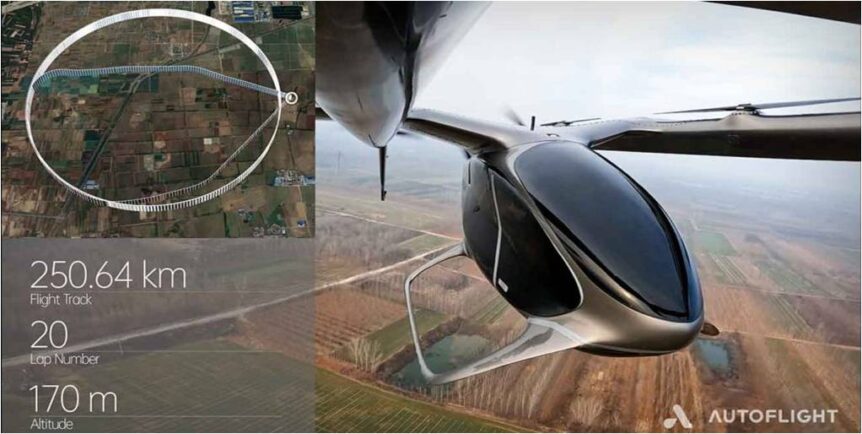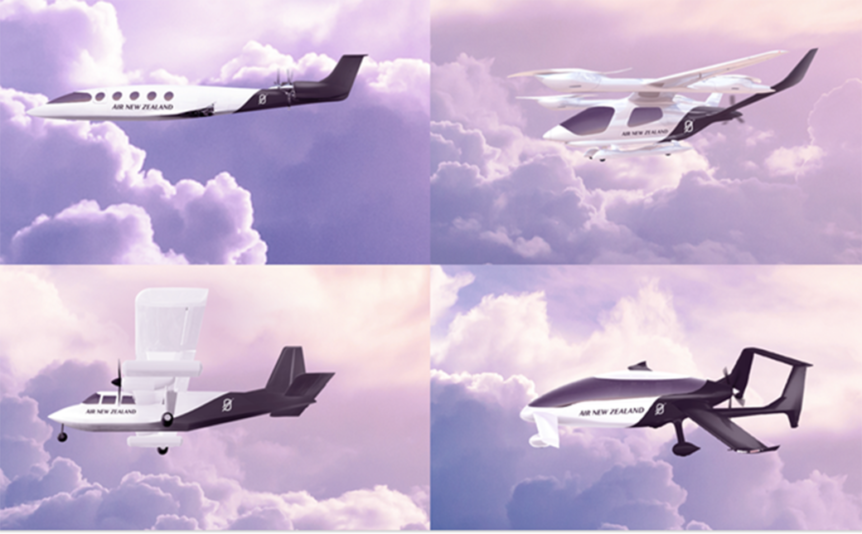Heart Aerospace, a Swedish startup, has teamed with BAE Systems, a veteran British aerospace supplier, to help with powering its 30-seat, battery-powered airliner. The four-motor craft will include a very large battery pack under the passenger compartment. The need for safety should be obvious. Adding eleven seats to its original 19-seat platform, Heart also brings a turbo generator on board, enabling flights up to 400 kilometers (250 miles) with 30 passengers, or even 800 kilometers (500 miles) with 25. These figures include normal airline range reserves. Partners include BAE Systems, Swedish aerospace group Saab, avionics supplier Garmin, and Aernnova, a Spanish airframe specialist. BAE’s UK-based group’s Controls and Avionics Solutions operation in upstate New York will oversee the batteries and their control and monitoring. This fits BAE’s expertise, with more than 25 years of experience electrifying large, heavy-duty industrial vehicles with over 15,000 power and propulsion systems in service worldwide. This will be critical considering the placement of the batteries. …
Nudging, Then Doubling an Electric Distance Record
Suddenly, we’re seeing new electric aircraft nudging, then doubling an electric distance record. First, Autoflight in China and then Beta in America achieve higher ranges than that previously achieved by Joby. Jules Verne Saw It Coming In two late 19th-century novels, Robur the Conqueror and Master of the World, Jules Verne chronicled the fictional adventurers of a mad inventor who thought he could dissuade world leaders from practicing war by bombing them from his Albatross flying warship. A great deal like Captain Nemo of Nautilus fame, Robur uses violence to stop violence. Both protagonists fail in their efforts. The Albatross, mistaken as its objectives were, is perhaps an inspiration for today’s eVTOLs, propellers spinning for lift and for forward motion. Verne even prophesied fueling the Albatross with water, perhaps an early vision of today’s water-splitting to produce green hydrogen. Autoflight With far fewer rotors and propellers, Autoflight achieved a successful transition flight from vertical liftoff to forward flight. This delicate …
Air New Zealand Plans for Zero Emissions
Air New Zealand has a five-part plan for reducing and even eliminating aviation emissions with some well-defined approaches and goals. The airline hopes to achieve net zero by 2050, with demonstrable steps toward that starting now. Five Key Elements ANZ will rely on five key elements in its quest for zero-emission flight. They are already involved in producing sustainable aviation fuel (SAF), partnering with makers of zero emission aircraft technologies, renewing their fleet, reducing carbon emissions through improved flight and ground operations, and removing carbon using best known techniques. You can read the full sustainability report here. Producing SAF Sustainable aviation fuel (SAF), explains Air New Zealand, “Is made from a variety of sustainable resources other than crude oil, such as used cooking oils, landfill waste, forestry waste, carbon captured from the air and green hydrogen. It has the potential to dramatically reduce lifecycle carbon emissions by up to 80 percent or more compared with traditional jet fuel.” Since New …



